Who could forget the pussy hats, the colorful protest banners, the nude statues and subversive murals of the first Trump administration?
Voters, apparently.

Who could forget the pussy hats, the colorful protest banners, the nude statues and subversive murals of the first Trump administration?
Voters, apparently.
Despite a surge in art-as-resistance eight years ago — hailed as crucial in the fight to defeat Trump once and for all — America is back where it started in 2016, give or take a few racist marches, abortion bans and felony counts.
And while the stakes for the future of the country are unquestionably higher this time around, artist reaction has been conspicuously subdued. Not only are activists organizing far fewer protests, there’s noticeably less anti-Trump art. Yes, even in the Bay Area.
How could that be? Well, it depends on who you ask.
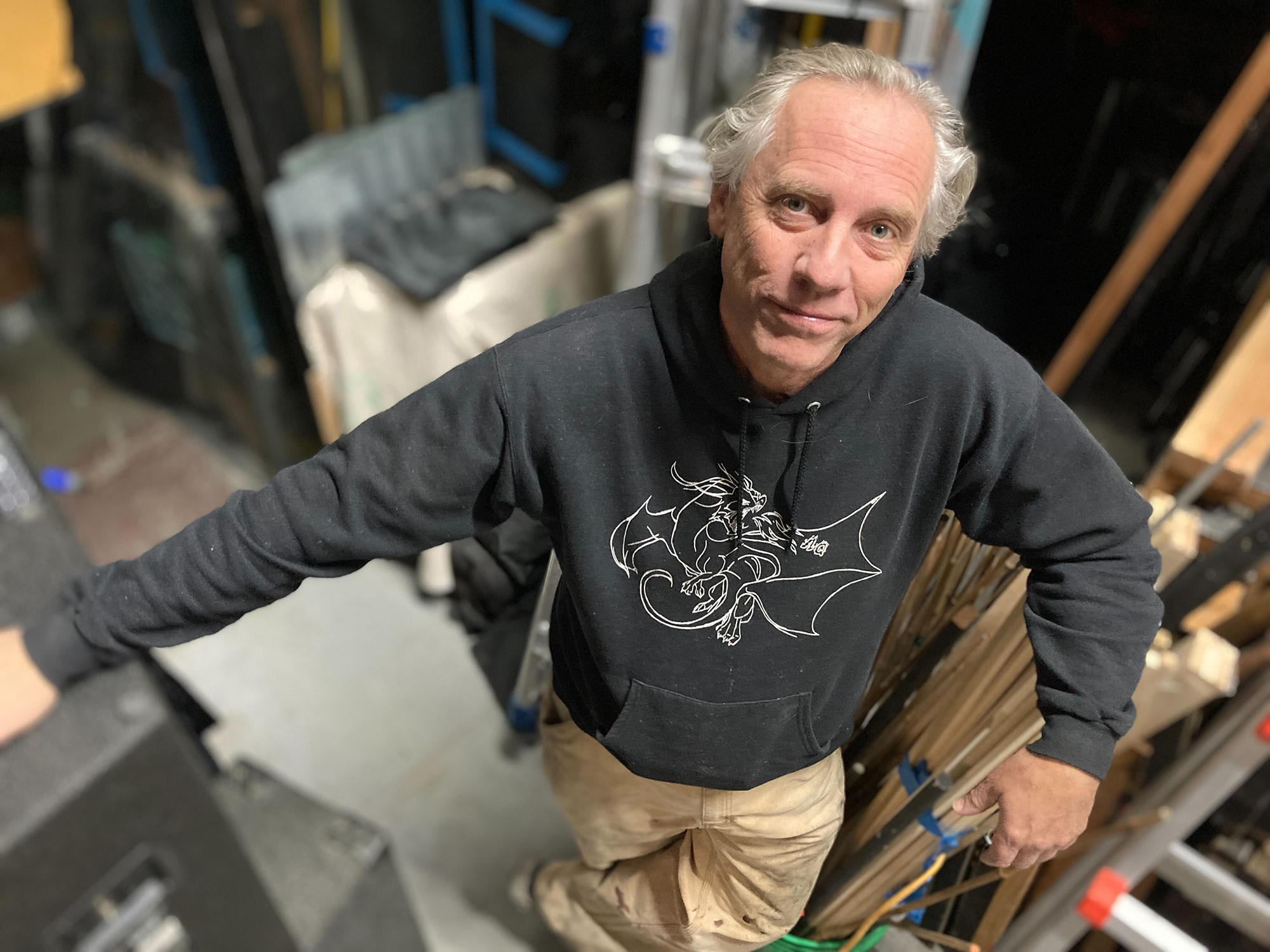
“It feels to me like everyone just got wiped out,” said Brent Lindsay, artistic director of the Imaginists Theatre Collective in Santa Rosa, of the relative quiet from artists, post-election. “Everyone’s just — I don’t know about retreating, but everyone’s sort of going deep. Having to. And I don’t know what’s on the other side of that.”
Lindsay is no stranger to explicitly political art. In 2017, the Imaginists presented Stop That Show!, a bicycle-powered, bilingual outdoor satire squarely aimed at the Trump White House. Lindsay played “President Corn,” in a disheveled blonde wig and Russian-branded garb.
“It was good in that we all needed to find joy in some darkness, and we all needed to find a way out, shake it off, be entertained,” Lindsay said, acknowledging that the show was more a balm than a weapon of resistance.
No one can predict exactly what the next four years will bring from the arts sector. But Lindsay believes that alongside explicitly political art, the world may see more politically informed work based in storytelling and emotional resonance.
“You need both,” Lindsay said. “We need the bombastic, the in-your-face, the revolutionary. And this may be a silly analogy, but we need the bunny slope. Because we need new people coming and trying it, and working their way up.”
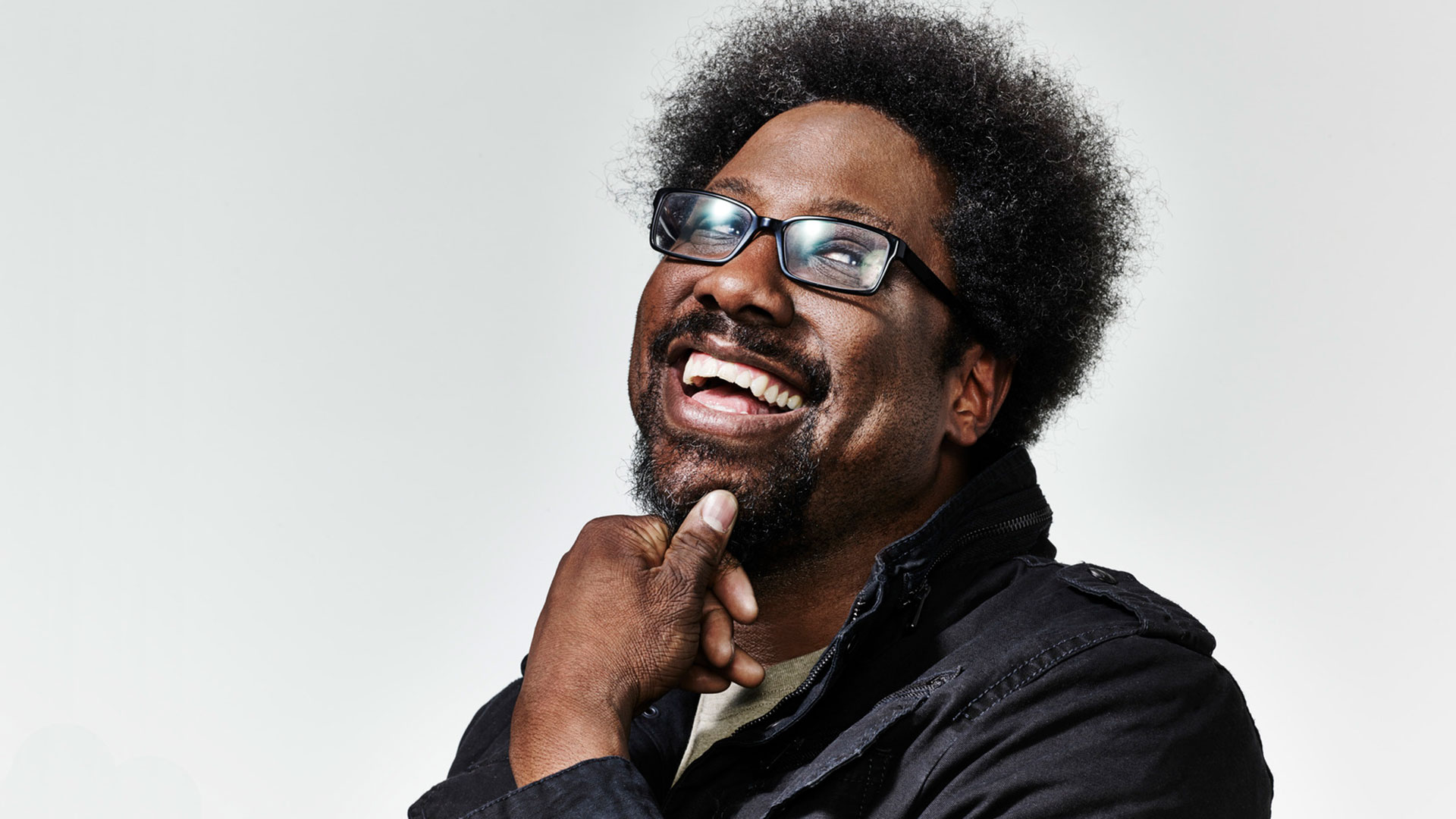
At Oaklandside’s Culture Makers panel on Nov. 14, comedian W. Kamau Bell, who endorsed Kamala Harris, was optimistic about the next era of direct political art.
“There’s going to be a type of artist now who’s going to be much more clear than they were in the past,” Bell said. “It’s an invitation to be much more clear on what the message is, what your goals are, to have art that actually points towards the change. I think it’s going to be a wave of really classic-era, political [art] — the right side of propaganda, pointing to the right side of history.”
Bell’s friend and colleague Favianna Rodriguez is the founder of the Center for Cultural Power, an organization that supports artists and arms people with artistic tools for resistance. In 2017, in opposition to Trump’s Muslim ban, Rodriguez’s series Migration Is Beautiful surged in visibility. Climate justice and reproductive rights have also been prominent themes in her work.
“I have seen both a moment of reflection, and a moment of reorientation,” Rodriguez said of the weeks following the election. “Our response as artists is going to take some time for us to get organized. But I do trust that artists are going to rise up and create work, and be angry and bold.”
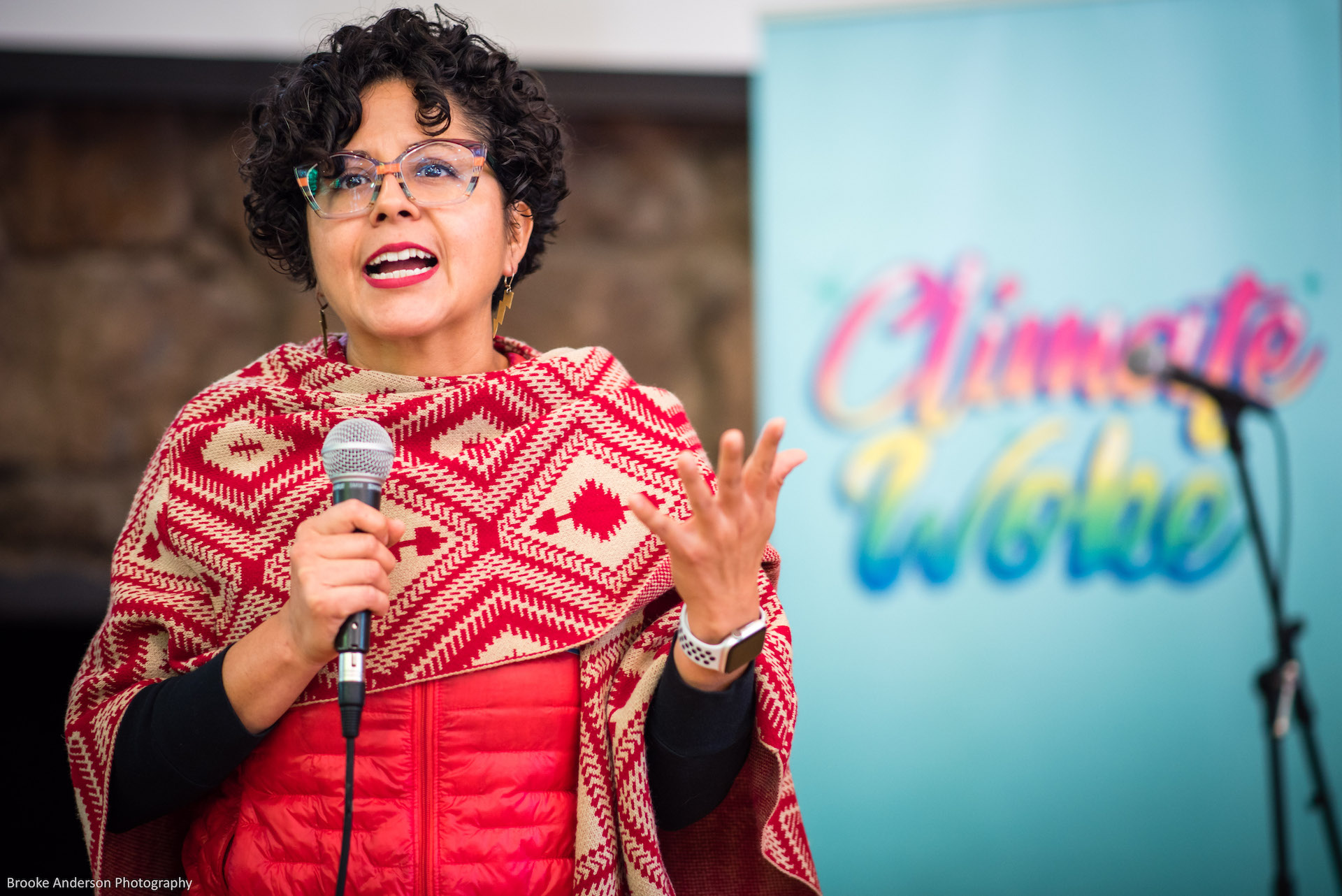
Artists, Rodriguez asserts, have the power to change cultural narratives, which in turn shape political narratives.
“We can show the humanity,” she says. “We can help normalize things that were once seen as rare. We can help tell human stories that move people’s hearts.”
Pianist, hip-hop artist and member of Oakland’s Cultural Affairs Commission Kev Choice says he’s angry and disappointed about Trump winning the presidency. He’s also contending with how many in his community — people who care about social justice and want an end to U.S. military aid to Israel — disengaged from the election.
He sees a disillusionment with the Democratic party’s role in the devastation in Gaza, as well as with the two-party system. Choice was just as disappointed with Trump’s victory as he was with progressive propositions, like rent control, failing in California.
“I’ve been sitting with how to address it on all fronts, not just an attack against Trump, but just our general engagement in politics and how we can be more impactful — and have just honest conversations about what it means to even be engaged,” he says.

Choice says he’s working on a song that airs out his community’s disappointment and grief over the election results, but he’s also looking beyond music. “Music is one thing, but supporting grassroots organizations to get people to register to vote, who will get people to campaign for certain measures or props — the day to day things that it takes to win a campaign,” he says. “It’s not always the flashy notoriety, like being on TV or releasing a song. It’s phone banking, canvassing, calling, traveling to other areas — and also bringing up those issues constantly in the art that we create.”
Filmmaker Josh Healey has advocated for a permanent ceasefire in Gaza with his podcast, Friday Night Semites, and organizing with Jewish Voice for Peace and beyond. His work, including the comedy series The North Pole, has also addressed class issues such as gentrification.
“I think the next couple of years we are going to see — and some of the people in this room are going to make — some of the dopest and most powerful art we’ve seen,” Healey said at Oaklandside’s Culture Makers panel.
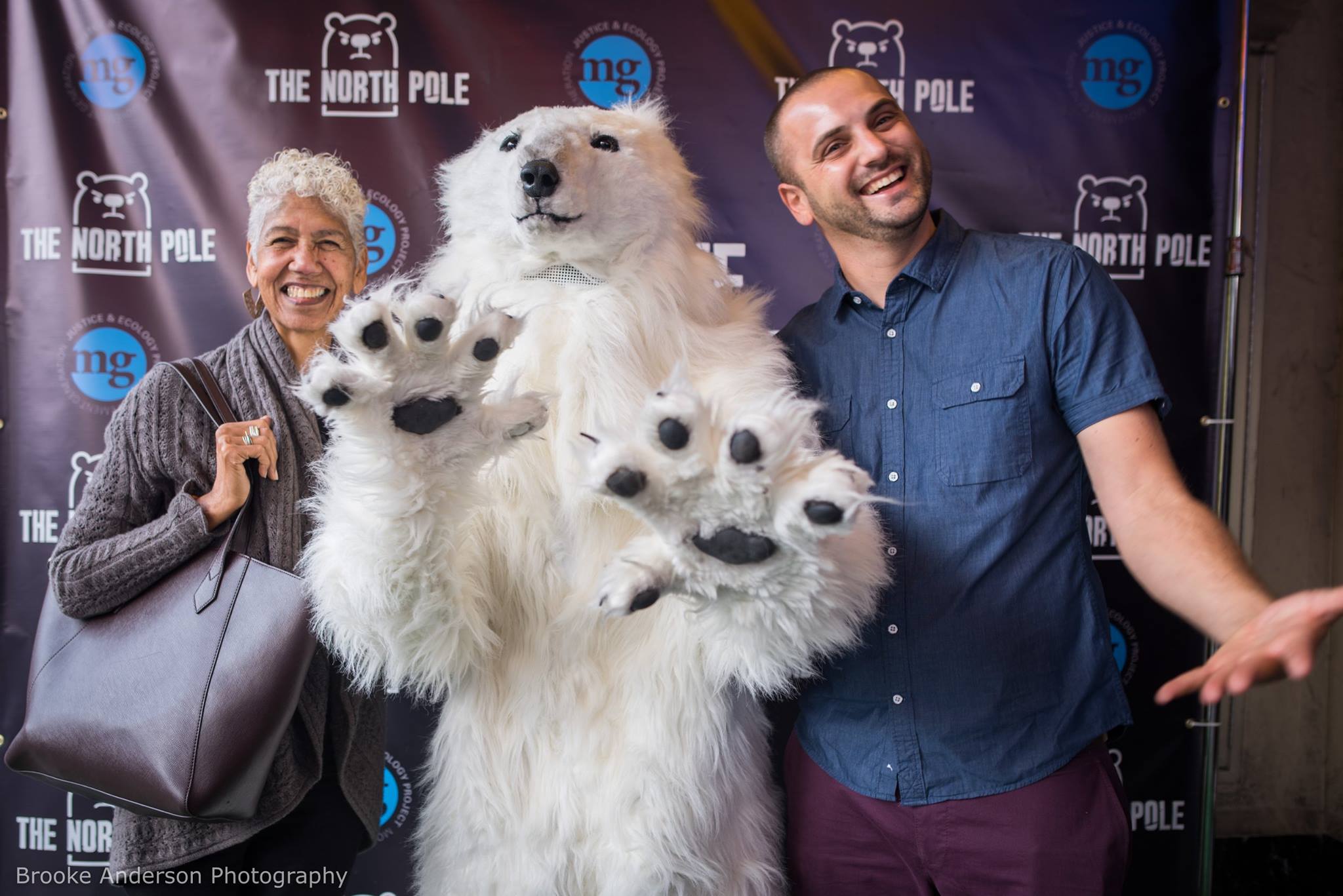
“Where I’m at as a filmmaker is not just ‘fuck Trump’ and whatever local billionaires are running these campaigns,” he continued, “but also, Hollywood is done. And I’m ready to actually celebrate that. And what I mean by that is not the death of filmmaking, but the death of capitalist, consumerist — the normalization. So many of the stories of what is normalized comes from arts and culture. And so that is my responsibility, and our responsibility.”
Supporting Trump was more taboo among artists during his first administration, but with rappers like Kanye West, Sexyy Red, Kodak Black and Azealia Banks backing Trump, some observers see a rightward turn in the entertainment industry.
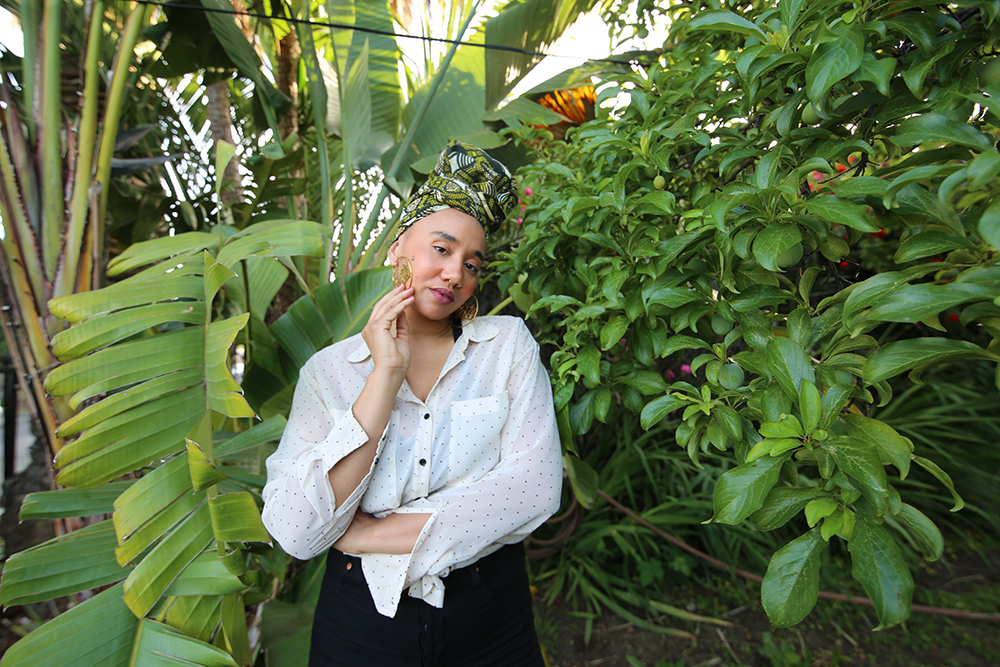
At the Culture Makers panel, hip-hop artist and organizer Maddy Clifford, who campaigns for student debt abolition with Debt Collective, talked about this shift.
“I think a lot of the country will go to the right, let’s be honest about that,” said Clifford, who has contributed to KQED as a cultural critic. “And so it’s going to be more important than ever for us to be really righteous and really stand in our solid values, because there’s going to be a lot of pressure to basically sell out, straight up.”
Clifford looked beyond Trump’s candidacy — which made gains with young men — and pointed towards conservative trends in culture, name-checking social media movements that promote conservative gender roles and normalize misogyny. “People are like, ‘How did this happen?’” she said. “Well, what about trad wife content? What about the manosphere? This has been happening for a long time.”
”We’ve been here before,” says Angela Hennessy, an Oakland visual artist and California College of the Arts professor. Hennessy, whose work will be shown at the San Francisco Museum of Modern Art in the 2024 SECA Art Award Exhibition, says this is déjà vu.
She’s more surprised that people are surprised. “This is America,” Hennessy wrote in an email to KQED.
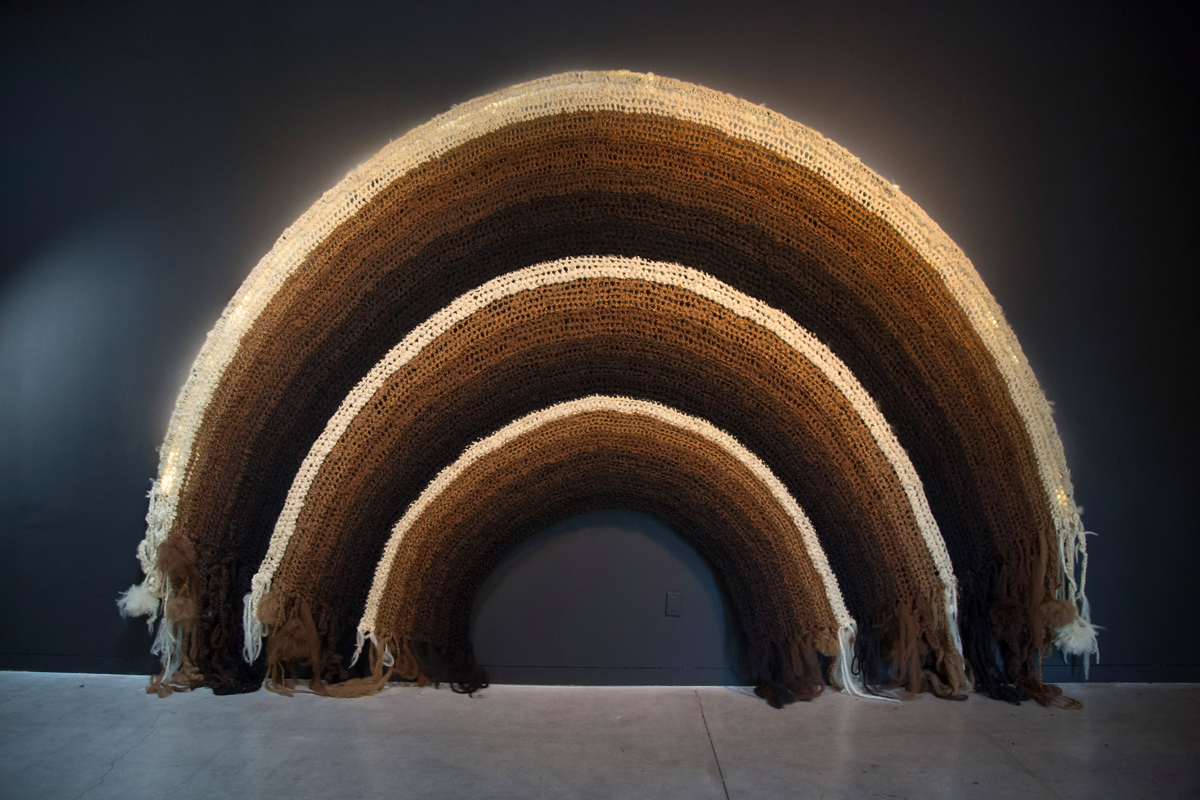
Hennessy, a survivor of gun violence, uses hair weaving and braiding in her artwork as she navigates the connections between loss and liberation, death and despair, grieving and growing. She says that given her subject matter, her art is always political. And in this moment, Hennessy wrote, “My work can be seen as responding to the death machine that is our country.”
Hennessy asks people to read beyond the popular Toni Morrison quote, “This is precisely the time when artists go to work,” and see that the late author was making the connection between chaos and the potential of art as a kind of wisdom.
In this moment, “the opportunity,” Hennessy wrote, “is to be more brave, more unapologetic and articulate in knowing what we know. To make art, music, poetry, etc. as if something was at stake.”